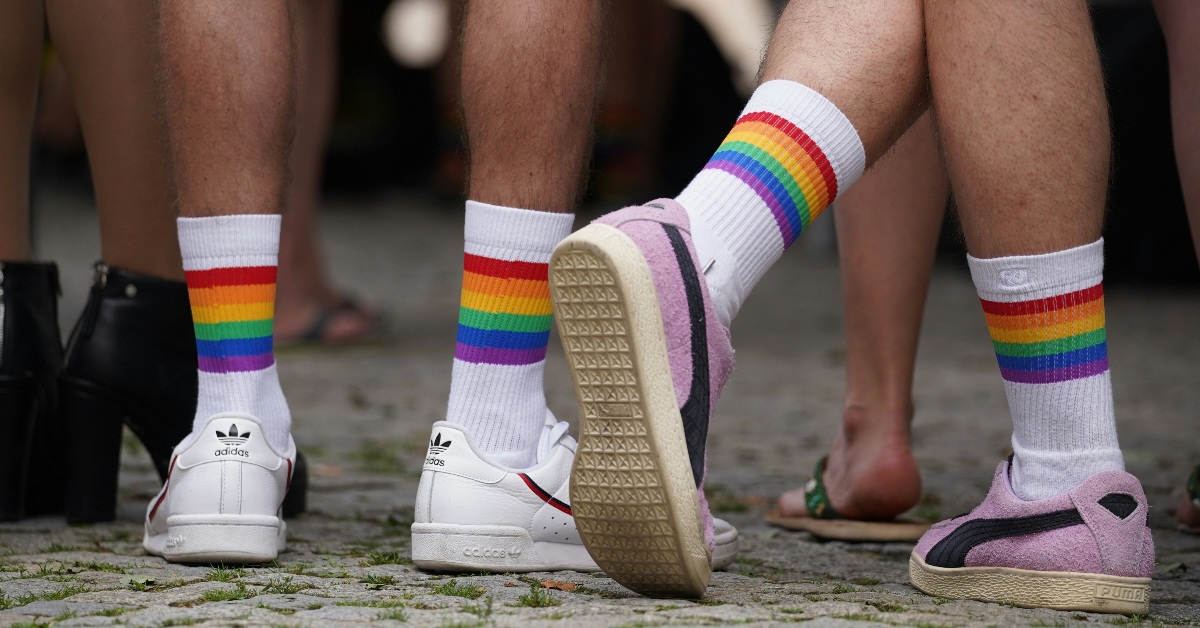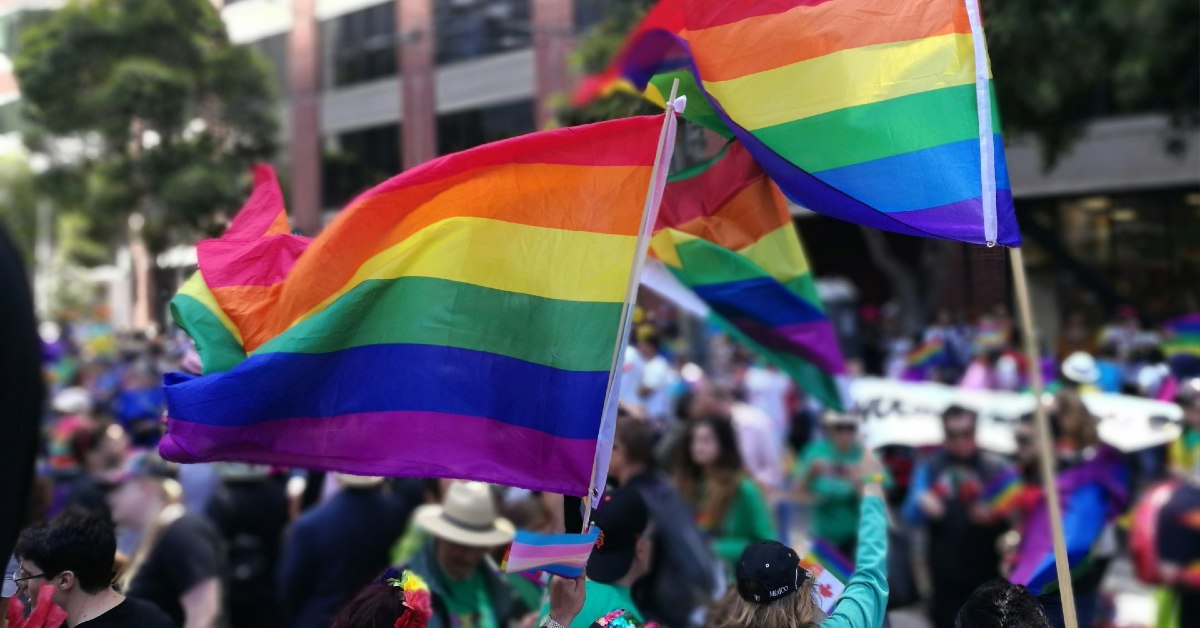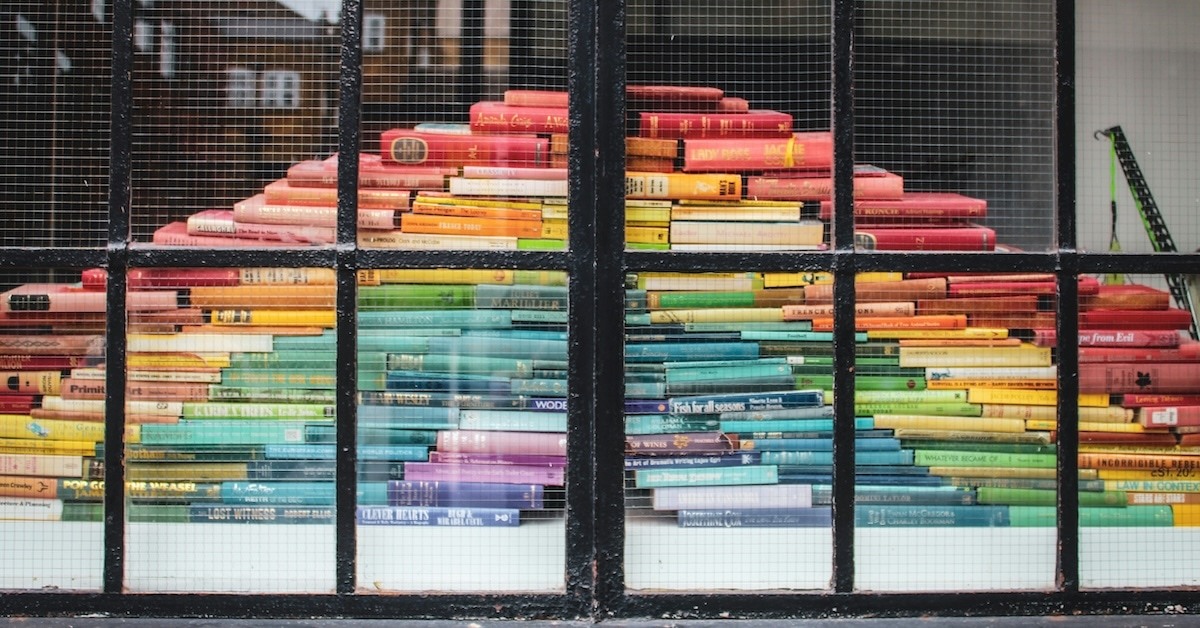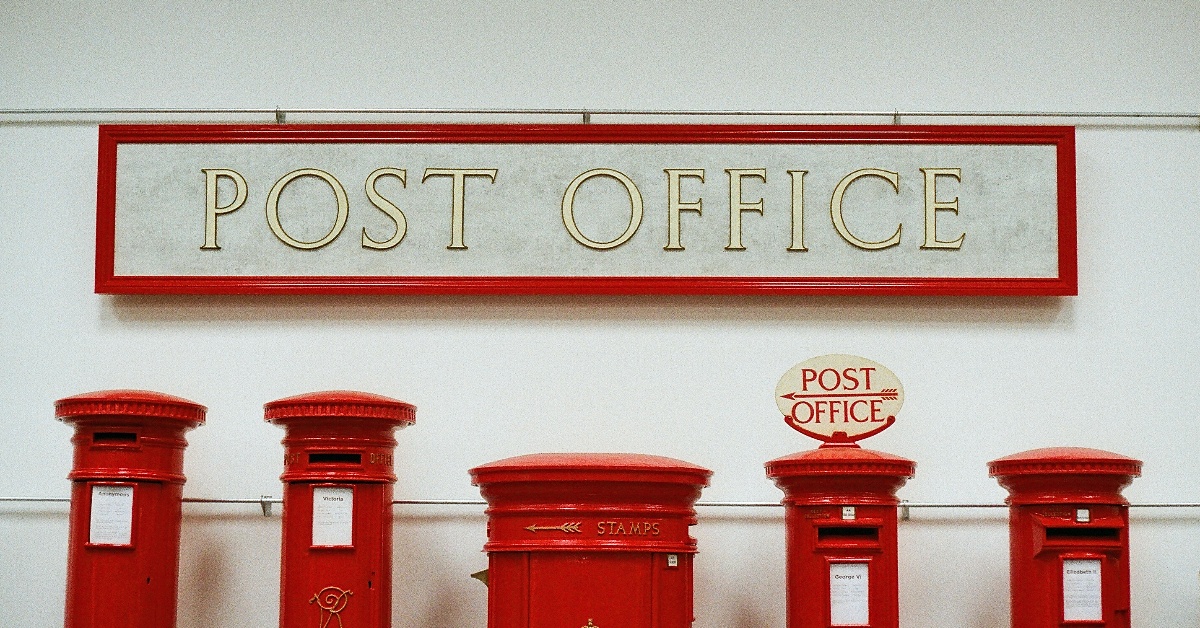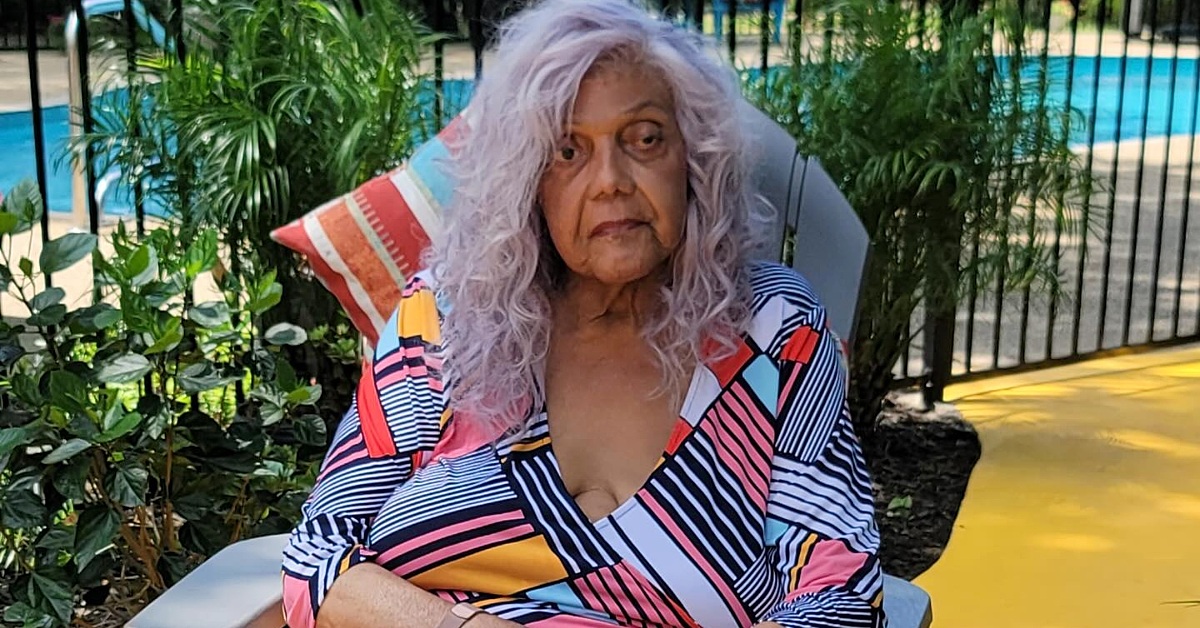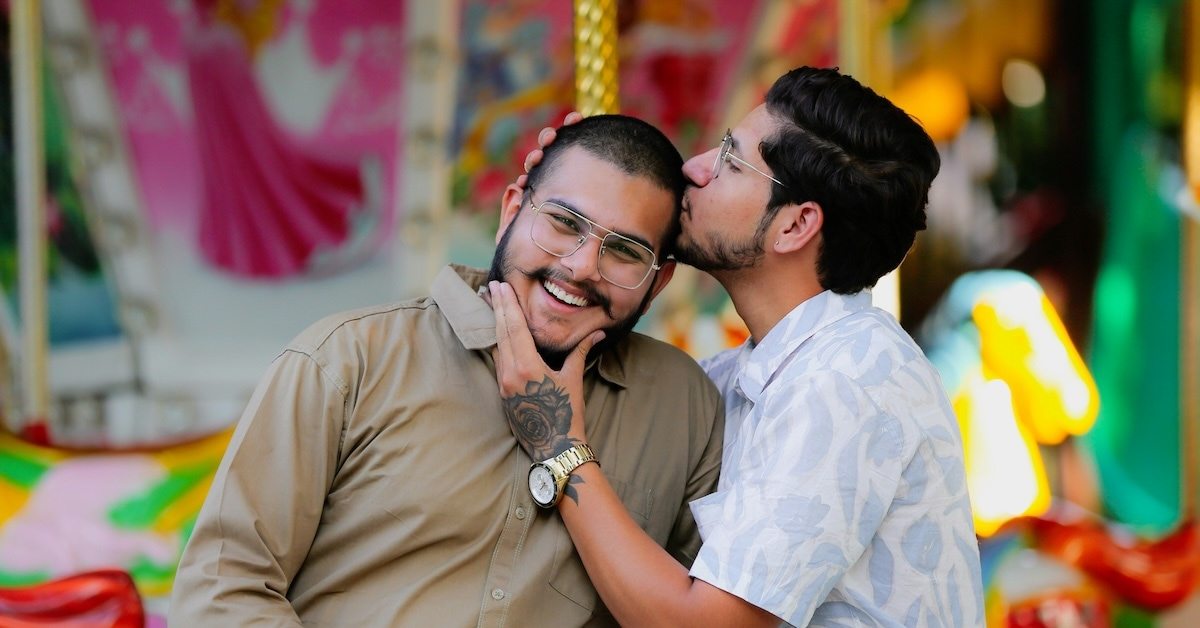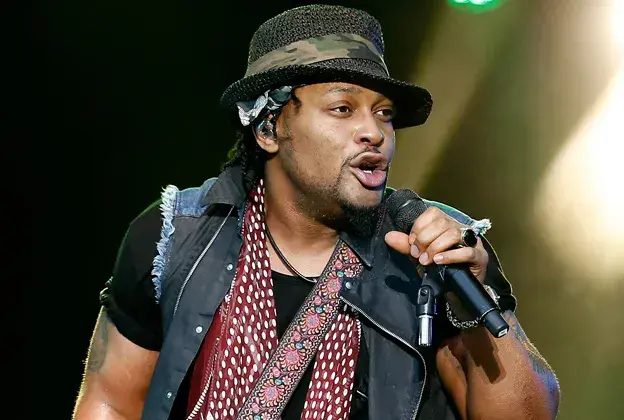BY: Denver Sean
Published 12 years ago

What if some of our Hollywood classics, like Breakfast at Tiffany’s, American Beauty — or even The Matrix were originally filmed with Black actresses?
Two Dakar-based photographers Omar Victor Diop and Antoine Tempé decided to recreate some iconic moments in film using Black models when the hotel group Onomo International invited them to create a series of photographs using the hotel as a backdrop.
Thus their collaborative project, ONOMOllywood, was born.
In 20 images that pay homage to characters such as Truman Capote’s Holly Golightly in Breakfast at Tiffany’s, these reinventions begin with the a humble “what if…” A question looking to how popular global cultural translates to the local, what could it look like, and what new memories would it create. The project has created conversation, accolades and blowback, but in an interview with Another Africa, Diop takes it all in stride.
When discussing the project, photographer Omar Victor Diop said:
ONOMOllywood is a celebration of cinema, as an artistic discipline and of the magic of a great movie. For Antoine Tempé (the co-author of the series who created 10 out of the 20 images) and myself, what makes a great movie is the fact that the strength of its characters, plot and scenes transcends all geographic, temporal and racial barriers. A great movie is more than a series of sequences, it becomes a moment that is lived across the globe by people who have very little in common, but who relate to extraordinary stories that allow them to dream.
The example I always give is the magic of a James Bond movie; back when I was a kid, I didn’t care whether Roger Moore was white or black, or whether I was a British citizen… to me, he was a hero I could impersonate. After watching A View To A Kill, I firmly believed my pajamas were a tuxedo and that my mom’s kitchen was actually some concrete jungle where I would chase after criminals… That’s what cinema has brought to me and it still somehow does, to my adult life. A great movie is a dream.
Take a look at some of the stunning images.





To find out more about the project, visit The Guardian.
